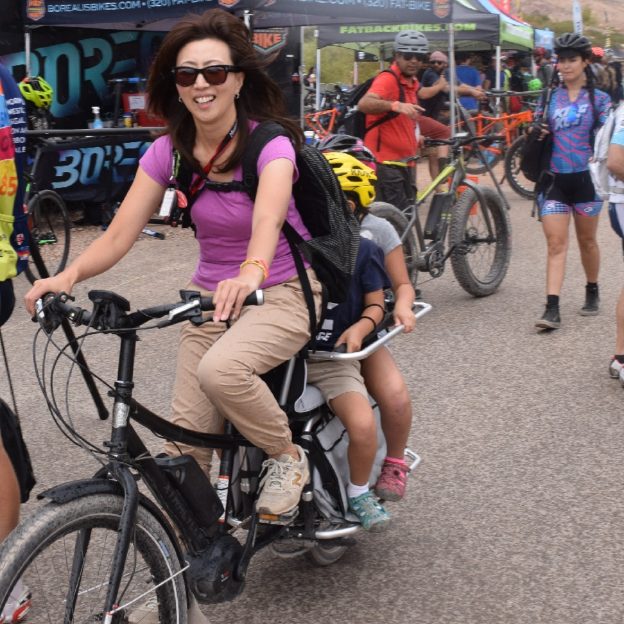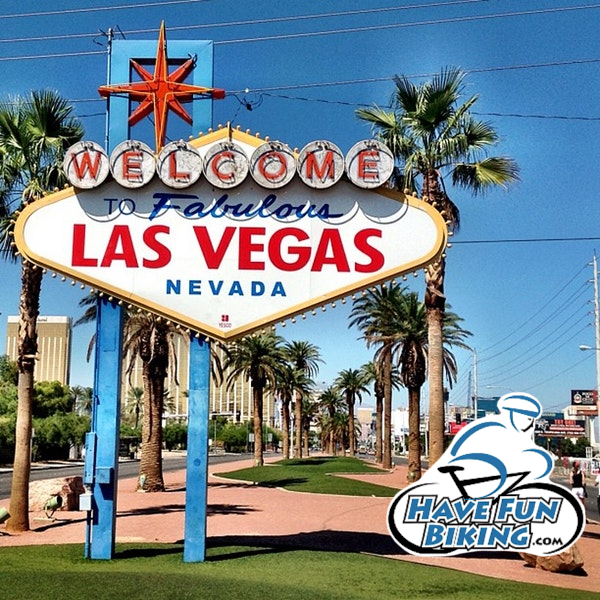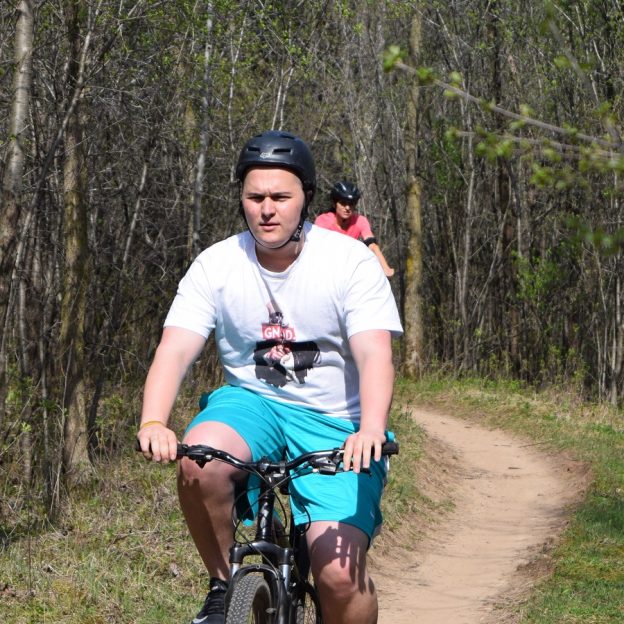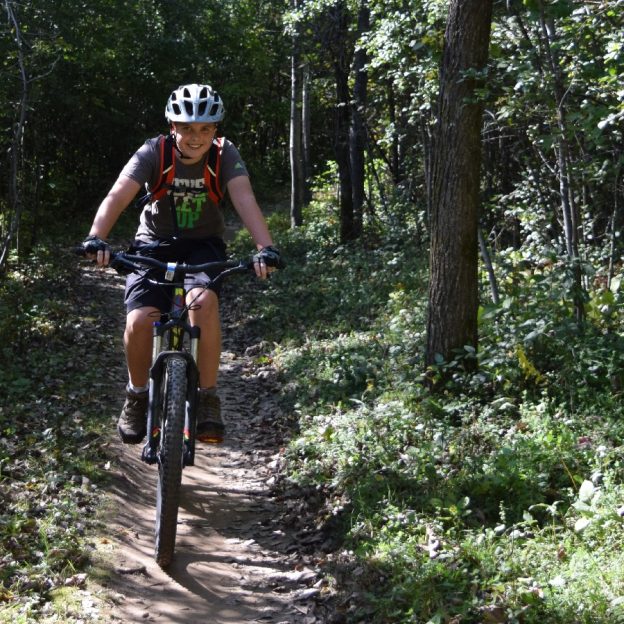Tag: #mtb
-

Mountain bike hacks: fat bike tips and tricks for winter fun!
For many of us, riding off road through the winter is impossible without a fat bike. Our trails get covered with snow in December and don’t see the light of day again until April. Here are a few quick and easy hacks to riding fat bikes that will get you enjoying the snow in no…
-

With more darkness then daylight the zen and the art of night biking
Seasons change and eventually we are left with more night than day. This annual march to the darkest day of the year was the inspiration Frost needed to write Stopping by Woods on a Snowy Evening and on occasion my “Little Horse” asks if “there is some mistake”, but of course frost was talking about…
-

A mid-term review of this amazing Sealskinz Halo Winter Glove
Now that I have had over a month of cold weather under my belt, I feel comfortable talking about the Sealskinz Halo Glove. The onset of Minnesota’s winter is probably colder than most peoples harsh winter months, so I feel that this mid term review is probably a great indicator for 90 percent of America…
-

Some of the best E-Bikes available were shown at Interbike
There was a consistent buzz throughout the week of Interbike and part of that high was the hum of E-Bikes. E-bikes have become big business in the biking world and for good reason. E-Bikes offer extended range by giving the rider a boost of power when things get tough. Take a look at some of…
-

Dirt Demo Reviews: Thoughts and Feelings on the Marin B17
I was amazed how well the Marin B17 bike handled! To start, it had a near telepathic handling character. Simply I would think about changing direction and the bike did it. Following that, I was amazed at how well its suspension operated. Even when thrown down rocky chutes or off camber, jagged turns, the B17’s…
-

HaveFunBiking will share many new bike products from Interbike
Show season is at hand in the cycling industry and HaveFunBiking.com is on the show floor. We are excited to try the newest product and deliver to our readers the most curated list of great new products. On Monday September 18th , before dawn, we embark to Las Vegas to try countless bikes at Interbike’s Dirt…
-

A simple look at your bikes disc brakes function and maintenance
Disc brakes were introduced on bikes as early as the 1950’s with Shimano making an actual hydraulic disc in the mid 1970’s. There were even versions of the timeless Schwinn Stingray series released in 1971 that came stock with a rear disc brake. You need to fast forward more than 25 years before the first…
-

Bike Pic Aug 22, another mountain biker having fun in Lebanon Hills Park
Another mountain biker having fun in Lebanon Hills Park. Check MORC trail conditions to see which trail systems may be closed after another day of rain yesterday.
-

Enjoy fun and nature on Lebanon Hills fantastic mountain bike trails
The newly expanded trailhead of Lebanon Hills acts as a gateway to some of the most enjoyable trails in the Twin Cities Area. With nearly 12 miles of one way singletrack trails, Lebanon Hills has become one of the go-to trails in Minnesota. The trails feature riding for all skill levels combined with world-class facilities…
-

Riding Courtesy; Great Ways to Consider Others on Your Next Adventure
Traffic laws are different in each state. They guide how you should operate on your bicycle and also how drivers should treat you. These laws are designed to keep drivers and cyclists all safe. Offroad, most trail system have guidelines that match up with the published list of rules from IMBA. Beyond the Laws and…
